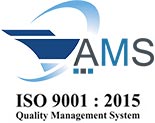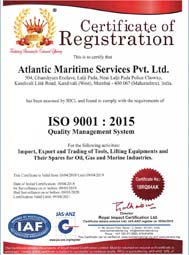Line Tension Meter
Product Details:
X
Product Description
A running line tension meter is a device used to measure the tension of a running line, which is a type of line that moves through a pulley or sheave system, such as those used in industrial or marine applications.
The running line tension meter typically consists of a sensor or load cell that is attached to the line, and a display unit that shows the tension measurement. The sensor measures the force exerted on the line as it moves through the system, and converts it into an electrical signal which is then displayed as a tension reading on the display unit.
Running line tension meters are commonly used in applications such as ship mooring, offshore oil and gas drilling, and industrial lifting operations, where it is important to monitor and control the tension on the line to ensure safe and efficient operations.
In ship mooring, for example, a running line tension meter can be used to ensure that the tension on the mooring lines is within safe limits, preventing the ship from drifting away from the dock or being damaged by excessive tension. In offshore drilling, running line tension meters can be used to monitor the tension on the drilling lines to ensure that the drill bit is properly supported and drilling operations are conducted safely.
Overall, running line tension meters are an important tool in many industrial and marine applications, helping to ensure safe and efficient operations by monitoring and controlling the tension on running lines.
Tell us about your requirement

Price:
Quantity
Select Unit
- 50
- 100
- 200
- 250
- 500
- 1000+
Additional detail
Mobile number
Email
 |
ATLANTIC MARITIME SERVICES PVT. LTD.
All Rights Reserved.(Terms of Use) Developed and Managed by Infocom Network Private Limited. |




